TL;DR: The Graph Networks Registry is a repository that consolidates and standardizes network information for blockchains supported by The Graph. Before its implementation, core dev teams and others faced challenges with fragmented data and manual updates, leading to inefficiencies and inconsistencies. The registry now serves as a single source of truth that enables developers, indexers, and delegators to access reliable network information efficiently.
In 2024, The Graph extended its support to 80+ blockchains. While this explosion of chain integrations empowered many builders across diverse blockchain ecosystems, it also raised a critical need: a single source of truth for chain configurations across The Graph ecosystem.
The core dev teams working on The Graph were feeling the pain of maintaining their own lists of networks, often hard-coded into their tools, and creating new releases of The Graph CLI every time a new chain was added or RPC endpoint was replaced. They agreed it was time to take action, and Pinax offered to help build a solution.
Introducing The Graph Networks Registry. It’s a single, standardized hub for network data that enables developers, indexers, and others to access cohesive and reliable network information so they can work with confidence and efficiency.
Let’s dive into how this tool transforms the way we interact with The Graph ecosystem.
What is The Graph Networks Registry?
The Graph Networks Registry is a repository designed to consolidate and standardize network information within The Graph ecosystem. Before its implementation, accessing consistent and reliable network data was a challenge due to the scattered and redundant nature of information across multiple platforms.
The registry solves this by serving as a single source of truth, consolidating network data into a GitHub repository. Using a standardized JSON schema, it validates fields like chain IDs, network types, RPC URLs, and explorer URLs to ensure accuracy and consistency. Validation scripts enforce integrity by checking file names, ensuring uniqueness, and validating relationships between networks (e.g., testnet-mainnet pairs). Plus, the addition of GitHub Actions enables automation that streamlines updates, including formatting data, generating versions, and creating releases.
This approach provides developers with accessible data in formats like JSON files and libraries for various programming languages. By gathering and validating network data, the registry minimizes errors, enhances reliability, and fosters collaboration within the ecosystem.
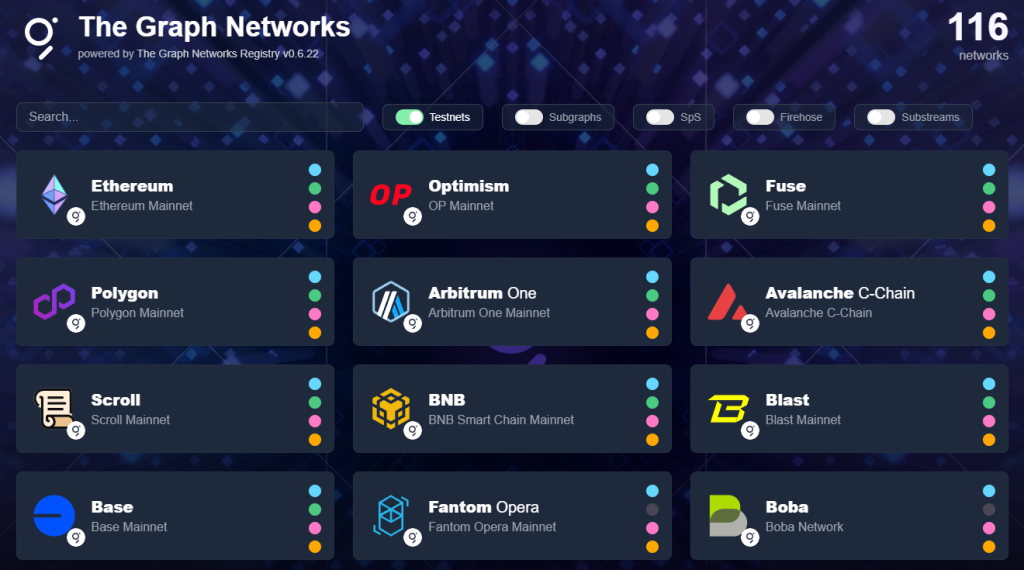
Who developed the registry?
Several core development teams collaborated to develop the registry, including Pinax, StreamingFast, and Edge & Node, with valuable input from InfraDAO. These teams worked together, gathering requirements and feedback from all the core dev teams to ensure the registry was configured for maximum impact and usefulness for all stakeholders.
This project is just one example of how core devs collaborate to create tools that enhance and support the growing ecosystem.
Why does the registry matter?
Before the registry, The Graph’s expanding ecosystem faced inefficiencies that hindered productivity:
- Fragmented data: Network information was scattered across documentation, repositories, and marketing pages, leading to inconsistencies.
- Manual updates: Developers needed to update multiple locations manually, increasing the likelihood of errors.
- Inconsistent naming: Non-standardized naming conventions for chains caused confusion and integration challenges.
- Validation gaps: Without centralized validation, errors often went unnoticed, affecting application reliability.
The registry addresses these pain points by providing a unified, automated solution for consistent, reliable network information.
Technical design
The registry is built on a foundation of JSON schemas, ensuring data consistency and accuracy. The schema can and will evolve as more applications emerge.
It validates:
- Chain identifiers: Unique standardized IDs and CAIP-2 standards for interoperability.
- Network types: Clear labels for mainnet, testnet, and devnet.
- RPC endpoints and URLs: Verified for accuracy and compliance.
- Information to run the tools that power The Graph Network: Graph Node protocol, Firehose Protobuf type and features, and more.
Semantic versioning enables developers to adopt updates without disrupting existing integrations. Automation via GitHub Actions minimizes manual effort, ensuring seamless updates and releases.
Developer-friendly tools
The registry offers libraries for TypeScript, Go, and Rust, simplifying the integration process. Developers can also directly access registry data via JSON files or APIs.
Validation and accuracy
Robust validation scripts cross-reference data with external sources like Ethereum Lists and The Graph Network, ensuring data integrity. These scripts also validate schema compliance, URL formatting, endpoint availability, and inter-network relationships.
Who benefits?
Developers
The registry reduces development time by providing a single source of reliable network information. For example, a dApp developer integrating Arbitrum One can quickly access all necessary details, streamlining the process and reducing errors. Developers no longer have to maintain their own list of networks supported by The Graph in their tools. They can easily get this from the registry at build time or run time.
Indexers
Indexers benefit from insights into indexing opportunities, like networks offering rewards. They can also validate network data to make sure their indexing components are set up correctly. Having technical specifications accessible from one location means indexers won’t have to maintain their own list of networks supported by The Graph. All network information needed to index a new network is in the registry—from network ID to Firehose and Substreams endpoint configurations.
Delegators
Delegators gain clarity on network activity and indexing rewards, helping them make informed decisions on token allocation. They can also use network information from the registry in their monitoring tools and dashboards.
Who will maintain the registry, and what are the future plans?
Maintaining the registry involves engineering, product, and marketing teams, with support from GitHub Actions for automation. Plans for future enhancements include:
- Expanded governance: Distribute maintenance responsibilities across more contributors.
- Improved validation: Enhance scripts to filter warnings and automate pull request validations.
- Formalized workflows: Document processes for chain migration and other tasks.
- Continued improvements: Integrate ongoing feedback from stakeholders.
Once the global knowledge graph is up and running, the registry will migrate there. This JSON/GitHub solution is just the first iteration.
We recently upgraded The Graph CLI by integrating The Graph Networks Registry. This upgrade streamlines the process of developing subgraphs, introduces a more user-friendly interface for selecting networks, and supports dynamic sourcing for RPC endpoints and start blocks, simplifying the setup of new subgraphs.
Integrate a chain with Subgraph Studio
Is your chain eager to harness the power of The Graph? If so, you’ll want to know about the just-announced opportunity to integrate your chain with Subgraph Studio… at zero cost.
Learn how to empower your chain’s developer ecosystem with free queries, reliable performance, and seamless scalability in Integrate Your Blockchain with a $0 Subgraph Studio Integration on The Graph. You can get started today!
Enhancing user experience and scalability in The Graph ecosystem
This registry initiative represents the first step in a broader series of enhancements planned for The Graph CLI. By streamlining the setup and integration of subgraphs, the registry lays the groundwork for rebuilding and improving the CLI, ensuring an intuitive and efficient development experience for the community.
Whether you’re a developer seeking integration details, an indexer exploring new opportunities, or a delegator looking for informed allocation options, the registry is a reliable and user-friendly resource. As The Graph ecosystem continues to grow, The Graph Networks Registry ensures that collaboration, innovation, and scalability remain at its core.
💡 This article answers questions like:
- What is The Graph Networks Registry?
- Why was the registry developed?
- How does the registry work?
- Who can use the registry?
- Which blockchains are supported by The Graph?
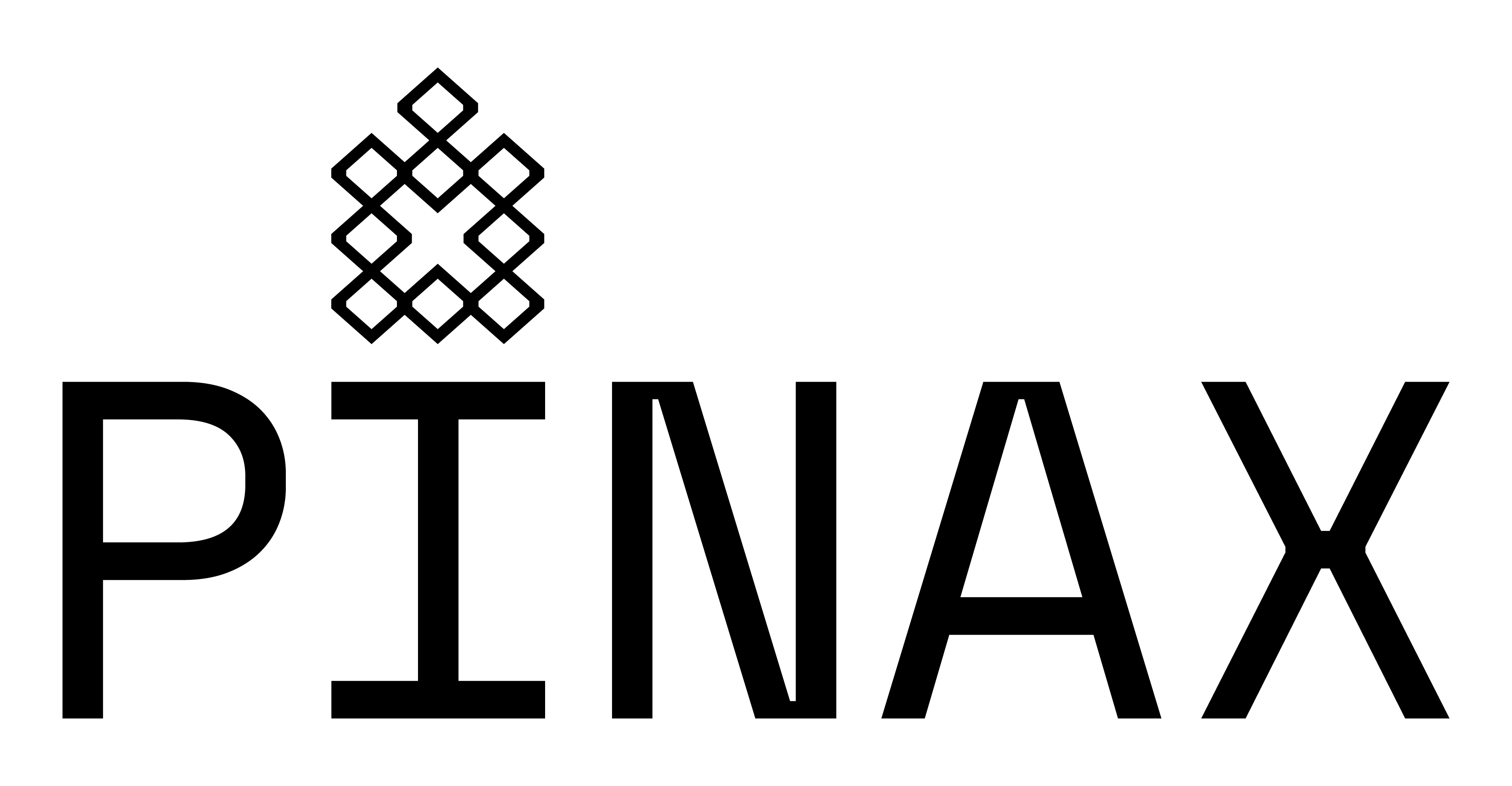

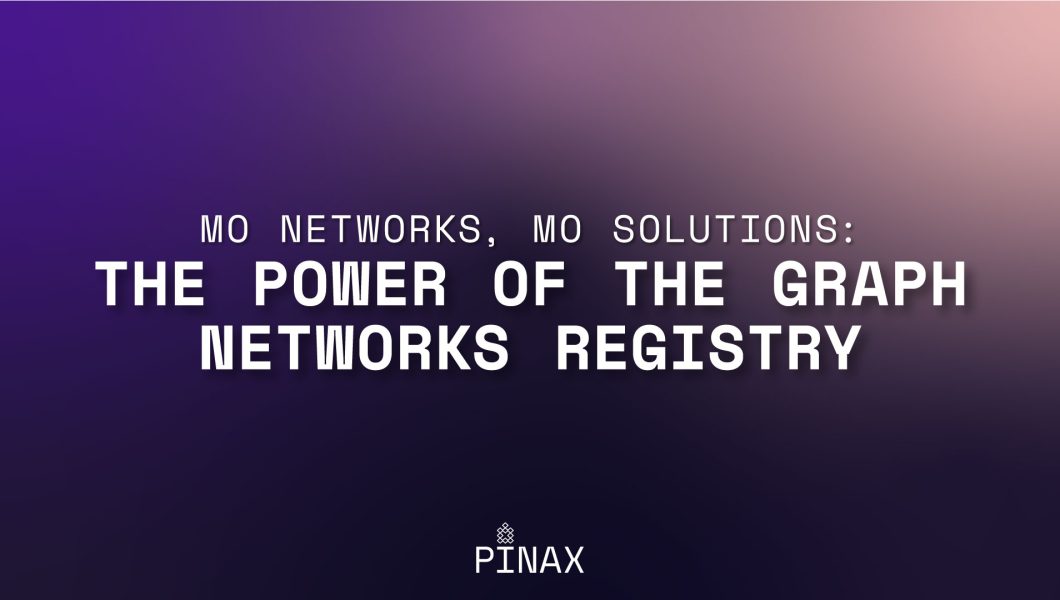


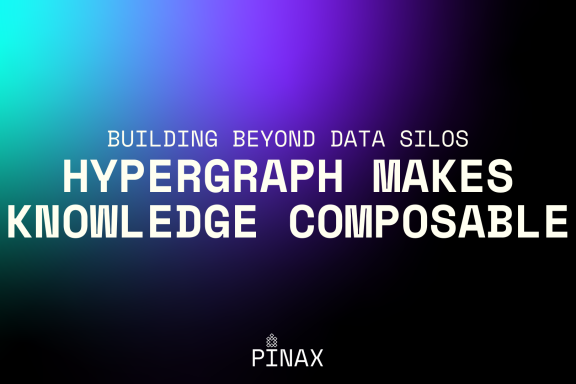
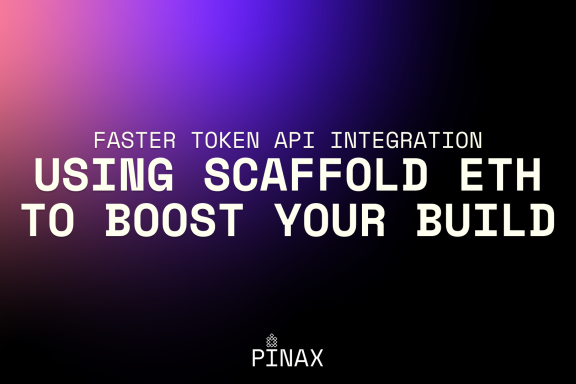
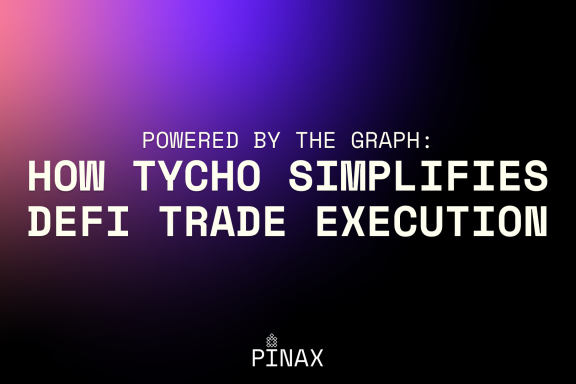
No Comments